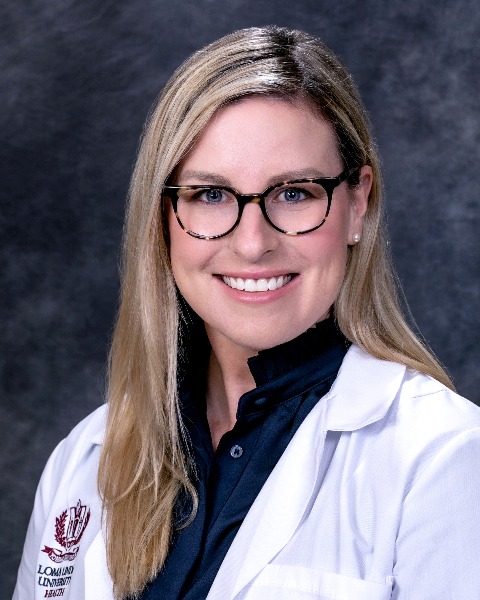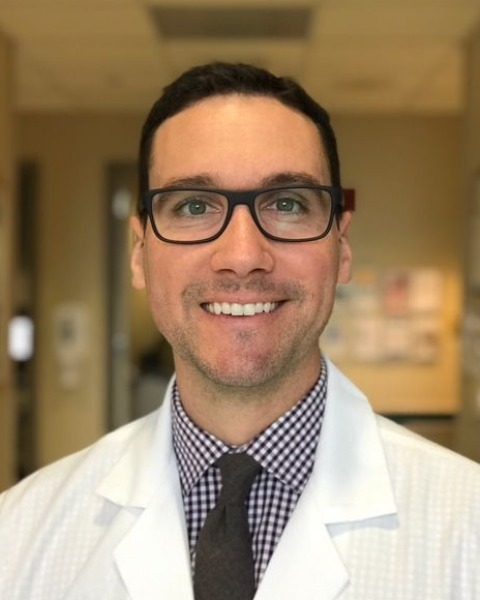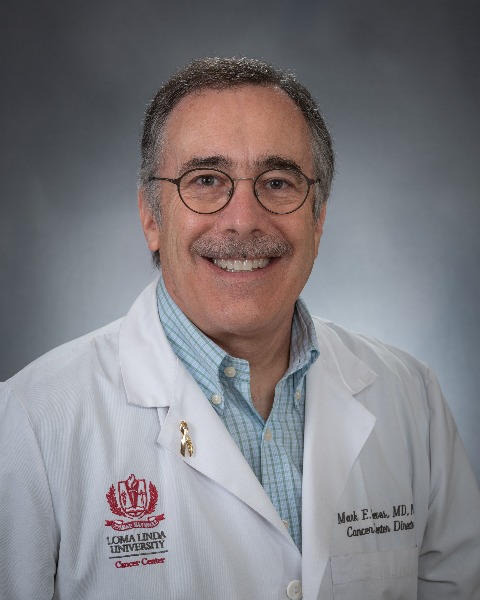Hepato-pancreato-biliary
E276: Risk factors associated with positive resection margins in patients with gallbladder adenocarcinoma

Hadley D. Freeman, MD
Surgical Oncology Fellow
Loma Linda University Medical Center
Redlands, California, United States
Hadley D. Freeman, MD
Surgical Oncology Fellow
Loma Linda University Medical Center
Redlands, California, United States
Hadley D. Freeman, MD
Surgical Oncology Fellow
Loma Linda University Medical Center
Redlands, California, United States
Rhami Khorfan, MD
Fellow Physician
Loma Linda University, Department of Surgery, United States- JG
Joab Galvan Bustillos, MD
Research Fellow
Riverside University Health System, California, United States 
Michael P. O’Leary, MD (he/him/his)
Attending Surgeon
Loma Linda University, Department of Surgery
Loma Linda, California, United States- NS
Naveenraj L. Solomon, MD
Associate Professor of Surgery
Loma Linda University Medical Center, California, United States - JN
Jukes P. Namm, MD
Associate Professor of Surgery
Loma Linda University Medical Center, California, United States 
Mark E. Reeves, MD, PhD
Professor of Surgery
Loma Linda University Medical Center, California, United States- LJ
Liang Ji, PhD
Biostatistician
Riverside University Health System, California, United States - DC
David Caba-Molina, MD MS MPH
Assistant Professor
Loma Linda University, United States
ePoster Abstract Author(s)
Submitter(s)
Author(s)
Positive resection margins are associated with worse outcomes, including survival, in patients with gallbladder adenocarcinoma. This study aims to identify factors associated with positive margins post-resection.
Methods: A retrospective analysis was performed on all adult patients with gallbladder adenocarcinoma between 2004 and 2017 using the National Cancer Database. Patients with T1a disease and metastatic disease were excluded. Univariate analysis and multivariable logistic regression were performed to assess the association between potential risk factors and tumor positive resection margins.
Results: A total of 508 patients with gallbladder adenocarcinoma were identified. Tumor positive resection margins were observed in 130 (34.4%) patients. Median tumor size was 35mm and 40mm in patients with negative and positive margins, respectively (p=0.19). The majority of tumors were pathologic stage T3 or T4 (461, 90.7%) and located on the hepatic side of the gallbladder (346, 68.1%). A total of 241 patients (47.4%) had node positive disease, with increased likelihood of positive margins for N1 (30.1%) and N2 (54.3%) compared to N0 (18.4%), p< 0.01 on univariate analysis. Tumor characteristics including location on both hepatic and peritoneal sides (40.7% vs 16.0% for peritoneal only, p< 0.001), lymphovascular invasion (LVI) (36.3% vs 15.6%, p< 0.001), and poorly differentiated histology (31.5% vs 14.9%, p=0.04) had increased odds of margin positivity.
Multivariable logistic regression identified Charlson/Deyo score of 1 (OR 2.39, p=0.002) and 2 (OR 5.45, p=0.001), AJCC pathologic N2 stage (OR 4.14, p=0.001), primary tumor location on both hepatic and peritoneal side (OR 2.90, p=0.02), and presence of LVI (OR 2.12, p=0.005) as independent risk factors for positive margin. No significant difference was noted between hepatic-only and peritoneal-only sided tumors, (OR 1.36, p=0.43). Non-Hispanic Black ethnicity (OR 0.37, p=0.01), radical surgery of primary site (OR 0.51, p=0.02), and partial hepatectomy (OR 0.44, p=0.01) were identified as protective factors.
Conclusions:
Factors associated with increased risk of positive margin include Charlson/Deyo score, pathologic T3 and T4 tumors, presence of nodal disease, LVI, and tumor location involving both hepatic and peritoneal sides of the gallbladder. Those undergoing radical surgery or partial hepatectomy have lower likelihood of positive margins. These findings may benefit operative planning in patients with gallbladder adenocarcinoma.
Learning Objectives:
- Demonstrate knowledge in patient and tumor characteristics associated with increased risk of positive margins in patients with gallbladder adenocarcinoma.
- Identify operative approaches which decrease the likelihood of positive margins in patients with gallbladder adenocarcinoma.
- Understand the limitations of retrospective studies on resection for gallbladder adenocarcinoma.
